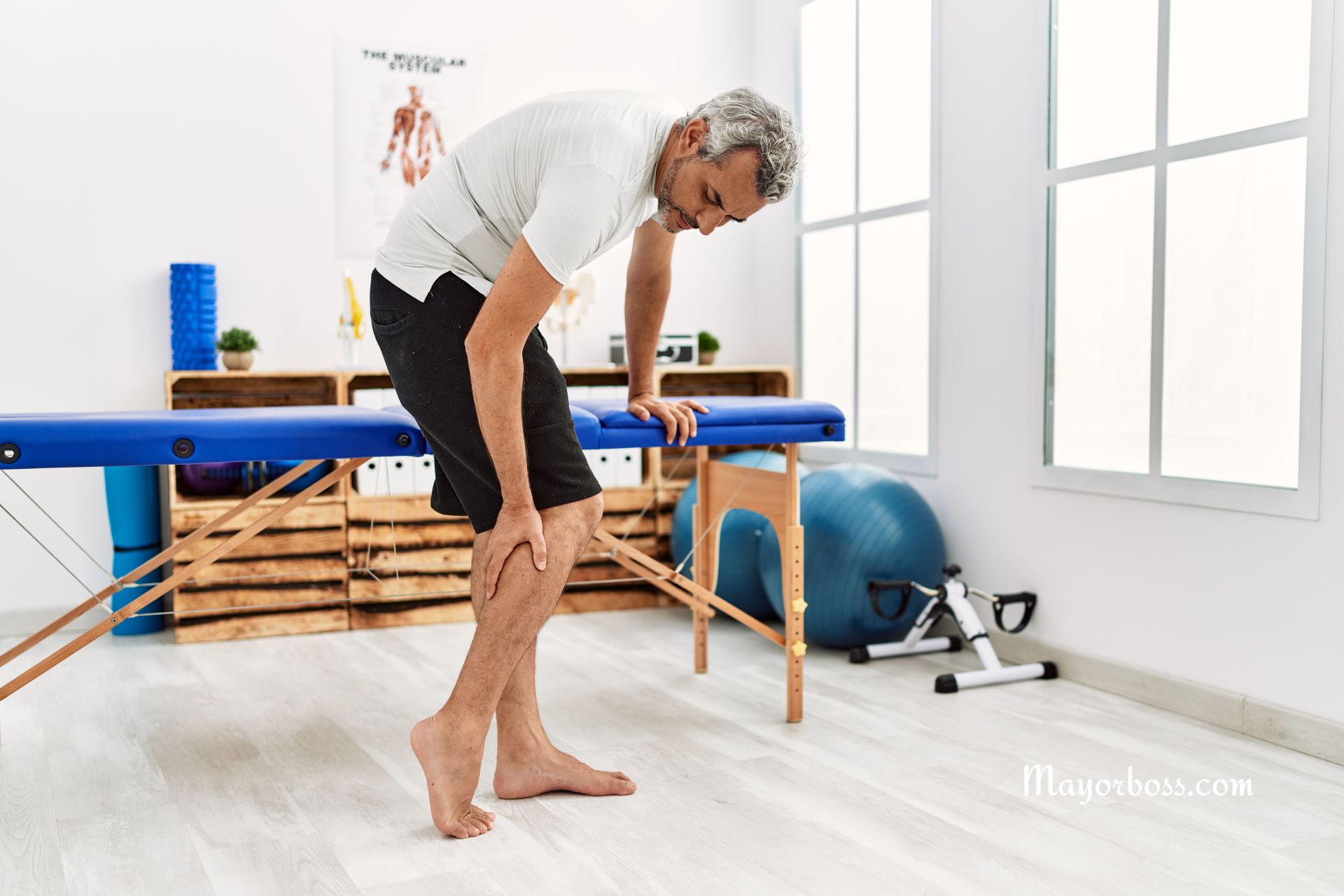5 Overlooked Symptoms of Clogged Arteries
Clogged arteries, also known as atherosclerosis, develop when plaque builds up inside the blood vessels. This plaque is made of cholesterol, fat, calcium, and other substances found in the blood. Over time, it can harden and narrow the arteries, limiting blood flow to organs and tissues. Reduced blood flow increases the risk of heart attacks, strokes, and other serious health conditions. (1)
While chest pain and shortness of breath are widely recognized symptoms, other signs are often overlooked. These subtle symptoms may point to poor blood circulation and narrowed arteries. Recognizing them early can help prevent life-threatening events.
Here are five often-missed signs that may indicate clogged arteries.

1. Erectile Dysfunction
Erectile dysfunction (ED) is commonly thought to be a hormonal or psychological issue. However, in many cases, it can be an early sign of blocked arteries. The penis needs a healthy blood supply to achieve and maintain an erection. If blood flow is reduced due to plaque buildup, ED may occur.
In fact, research shows that ED can be a warning sign of heart disease, often appearing years before a heart problem is diagnosed. If you experience persistent difficulties with erections, it is important to have your heart health evaluated. It could be an early clue that your arteries are narrowing. (2)
2. Leg Pain While Walking (Claudication)
Pain, cramping, or heaviness in the legs during walking or physical activity may suggest poor circulation in the lower limbs. This condition is known as claudication and is a symptom of peripheral artery disease (PAD), which occurs when arteries in the legs become narrowed or blocked. (3)
Claudication is often dismissed as a result of aging or muscle strain. But if the pain goes away with rest and returns during activity, it could signal restricted blood flow. PAD not only affects mobility but also raises the risk of heart attack and stroke. Early detection and treatment are essential.
3. Slow-Healing Wounds on the Feet or Legs
If you have cuts, sores, or ulcers on your feet or lower legs that take a long time to heal, poor blood circulation could be the reason. When arteries are clogged, oxygen and nutrients have trouble reaching the tissues. This slows the healing process. (4)
In severe cases, wounds may not heal at all. This is particularly dangerous for people with diabetes, who are already at higher risk of vascular problems. A healthcare provider should evaluate any wound that doesn’t improve within a week or two.
4. Cold or Numb Extremities
Coldness or numbness in the hands, feet, or toes can also be a sign of narrowed arteries. When blood flow is reduced, the affected areas may not receive enough oxygen. As a result, you might feel cold or lose sensation in your fingers or toes, even when the room is warm.
This symptom may come and go, and it is often mistaken for a temporary issue. But if it happens often or affects only one limb, it may signal an underlying vascular problem. A vascular exam or imaging test can help determine the cause.
5. Fatigue or Shortness of Breath With Mild Activity
If you feel tired or out of breath during routine tasks—like climbing stairs, walking a short distance, or doing household chores—it might be more than just being out of shape. These symptoms can result from reduced blood flow to the heart or lungs due to blocked arteries. (5)
When the heart doesn’t receive enough oxygen-rich blood, it has to work harder. This leads to fatigue and breathlessness, even with light physical effort. If these symptoms develop suddenly or worsen over time, they should not be ignored.
When to See a Doctor
Many of these symptoms can be mistaken for less serious issues. However, if they persist or interfere with your daily activities, it is important to talk to a healthcare provider. Earlier testing can help identify arterial blockages before they cause major complications.
A simple physical exam, blood tests, and imaging studies such as an ultrasound or CT scan can help assess your risk. Treatment may include lifestyle changes, medications, or procedures to restore blood flow.
Final Thoughts
Clogged arteries don’t always cause obvious warning signs. Some symptoms are easy to overlook or dismiss as unrelated problems. Yet, these early signals can offer an opportunity to catch cardiovascular disease before it leads to a crisis.
Pay attention to your body. If you notice unexplained fatigue, persistent leg pain, erectile issues, or slow-healing wounds, don’t brush them off. These signs could reflect poor circulation and increasing plaque buildup in your arteries. Always consult your doctor if something feels off—especially when it involves your heart and blood vessels.
